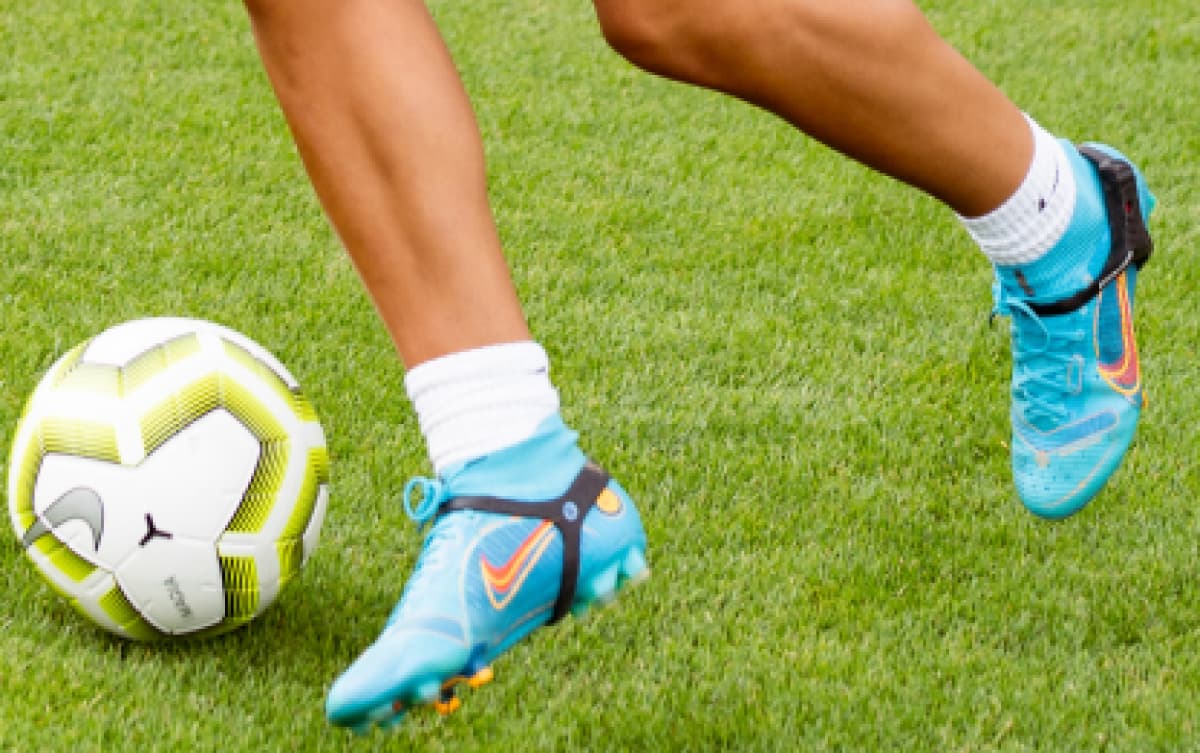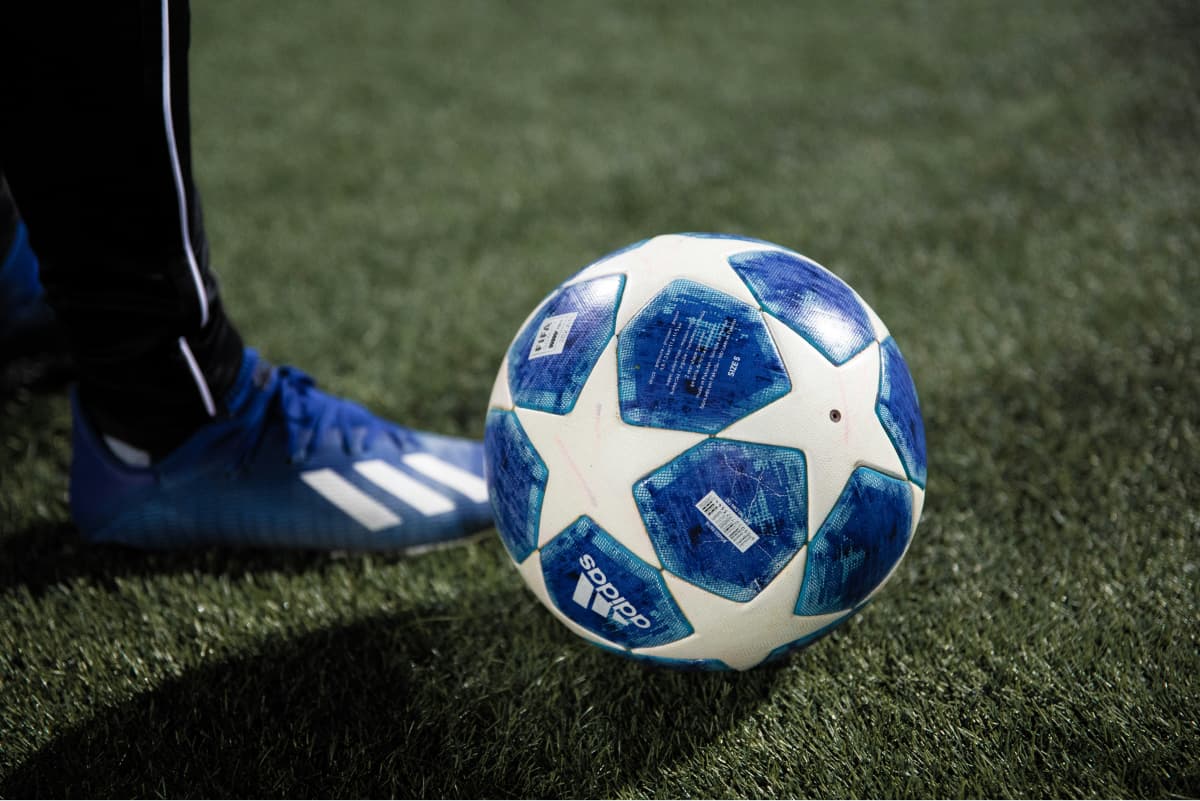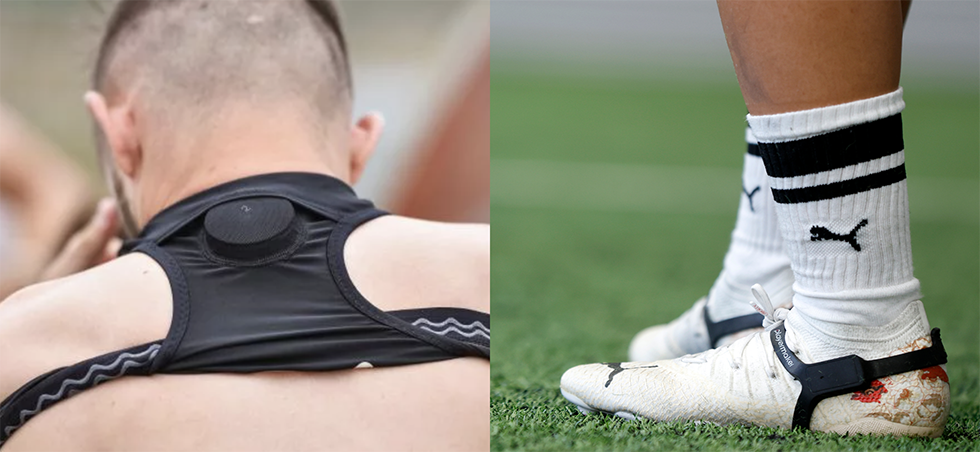Just as you have a dominant and non-dominant hand, you also have a dominant and a weak foot. In football, having one foot that performs better makes the player predictable.
A weak foot just means that your gameplay is better when you use one foot instead of the other. As a football player, you can be either right-footed or left-footed. So, when you play, you tend to gravitate towards your dominant foot when passing or shooting the ball.
That is why you might be deliberating on how to improve your weak foot in football. If you are looking to make progress, below are a few tips on how to make your weak foot stronger in football.
Why Is Playing Football With Both Feet Important?
Some players are ambidextrous, meaning they can comfortably use both feet when playing. However, if you only use one foot, there are many weak foot football drills that you can practise to make your weaker foot more powerful.
However, it is essential to understand why you need to be ambidextrous in football. Football is a fast-paced game and you need to be fully aware of your surroundings at all times. You have no guarantee that you will always receive the ball on your dominant side.
If you lack the training to use both sides of your body equally, you can come across as a weak player in the field. That said, you can correct this by taking up some weak foot football drills on your non-dominant foot.
Some of the benefits of training your weaker foot include:
1. It improves your balance
When you can handle the ball with both feet, you are comfortable enough to shift your weight from one foot to another. This is a massive advantage to the player because they can move from one side to another without losing control of the ball.
2. Better ball control
Players who can use both feet proficiently have better ball control. They can dribble past other opposing players effectively and even pass and shoot the ball more successfully. This excellent quality sets a player apart from the rest and effectively boosts their confidence on the field.
3. It makes you unpredictable
Playing with one foot makes it easy for the opponent to predict your play. However, if you can move side to side quickly, defenders on the opponent team have difficulty determining your next move. You have no weakness for them to capitalise on.
4. It makes you faster
As mentioned, football is a fast-paced game. You should blend the speed of thought and speed of play to become an exceptional player. By mastering the use of both feet on the field, you can improve your game.
Strengthening your non-dominant foot means you can quickly trap the ball and pass it to your teammates. When you use your feet interchangeably, your speed in the field also increases.
5. It improves your technique
Football players who can manoeuvre their way past defenders have better chances of making goal attempts. When you use both feet, you can disguise your passes, making it easier to advance past the other team’s defence.
Also, training your weaker foot means you can easily shield the ball from defenders and switch sides quickly.
Can You Train Your Weak Foot in Football?
Yes, you can train your weak foot in football. Improving your non-dominant foot is beneficial for performance. Naturally left-footed players can enhance their skills with their right foot, and vice versa.
Training your weak foot involves combining drills and exercises that develop coordination, control, and confidence. You can achieve this by practicing ball familiarization, simple juggling, and dribbling exercises.
Advanced drills like pressure training, shooting and finishing, and weak foot crosses also strengthen your weaker foot. These advanced drills simulate game-like scenarios, where using the weak foot becomes more powerful via practice.
Furthermore, integrating the weak foot into matches is important for mastering these new skills in a competitive setting. Gradually include weak feet into passing, dribbling, shooting, and other aspects of gameplay.
How to Get Better With Your Weak Foot in Football
You can follow a few tips as you get your weak foot stronger in football. Some of them include:
a) Practice patience
Most players grow up using their dominant foot when playing. It is not until they start participating in competitions, major leagues, or playing professionally that players decide to train their weaker foot. At this time, it may take time to master using the weaker foot. So, when you are learning how to improve your weak foot in football, you must be patient.
b) Consistent practice
Practice makes perfect. You also have to train to stand a chance to win. When you are taking weak foot football drills, you should remain consistent for your foot to learn and adapt.
c) Practise weak foot football drills
As you progress slowly from using one foot during games to becoming a pro at using your non-dominant foot, you should include weak foot football drills as part of your training routine.
Football drills to practise with your weak foot include:
- Ball control
- Ball trapping
- Haggling
- Dribbling
- Passing
- Real game scenarios
- Muscle memory
3 Fundamental Drills for Weak Foot Training
1. Ball Familiarization
Ball familiarization concentrates on improving touch, feel, and control of the ball with the weak foot. Therefore, this helps you become comfortable using non-dominant feet in various situations.
2. Simple Juggling
Simple juggling improves coordination and control—which is crucial for both feet—by juggling the ball with the weak foot. Although it can be challenging at first, you should keep practicing it.
3. Dribbling Exercises
Dribbling exercises are highly important for gaining balance between both feet. You should dribble around cones or through figure-eight patterns; they highlight dynamic movements to balance foot strength.
4 Advanced Drills Weak Foot Drills
1. Pressure Training
Pressure training involves practicing in 1v1 scenarios or small-sided games where players are forced to use their weak feet under pressure. As a result, this helps you become more confident and skilled in real-game situations.
2. Shooting and Finishing with Your Weak Foot
You should focus on shooting and finishing with your weak foot. This focuses on improving shooting and finishing abilities with the weak foot, which is crucial for scoring goals from various positions.
3. Weak Foot Crosses and Long Balls
Weak foot crosses and long balls are also fundamental. They enhance passing accuracy and distance with the weak foot, and that’s essential for delivering crosses and long balls during matches.
4. Combination Skills
Combination skills involve stringing together multiple skills—such as passing with the weak foot, dribbling, and finishing with a weak-foot shot—to simulate real-game scenarios. It will also improve your general gameplay.
Integrating Weak Foot into Match Play
You should reflect on your weak foot training progress, identify areas of improvement, and set goals for future development. The hard self-analysis is valuable for tracking progress and making necessary adjustments to training routines.
Likewise, use football trackers to provide valuable data and insights into performance metrics. This will help you and your coaches monitor progress and tailor training programs.
All in all, this structured approach to weak foot training covers fundamental skills, advanced techniques, and integration into match play. It offers a well-rounded way to improve your non-dominant foot.
Go Pro Using a Football Tracker
As you train, feedback is a crucial input you need to make sense of your progress. You will need means to compare the performance of your feet. There are several techniques you can use to capture your performance.
If you choose to record video, then there will be some information you can miss when you shoot facing the other direction.
There’s one sure way to ensure you capture all the information you need on the performance of your feet. This entails the use of a football tracker that you wear on your cleats. Playermaker is an excellent example of the technology you need to capture all your performance details.
Some details you can get from wearing these football trackers include:
- Volume- you can see the work rate and sprint distances
- Involvement– you get data on your level of involvement in the match, or how many times you were in possession of the ball.
- You also capture your playing tempo, including the long and short possessions you have with each foot
- Technical balance information illustrates the shots you received or made using your weaker foot and the maximum velocity of the ball
So, are you playing off your weaker foot? Get a Playermaker football tracker and start understanding the gap between your dominant and weaker foot to become a pro.
Want to bring your A-game to the match? Get started on drills today to become a master at playing with both feet on the pitch.







